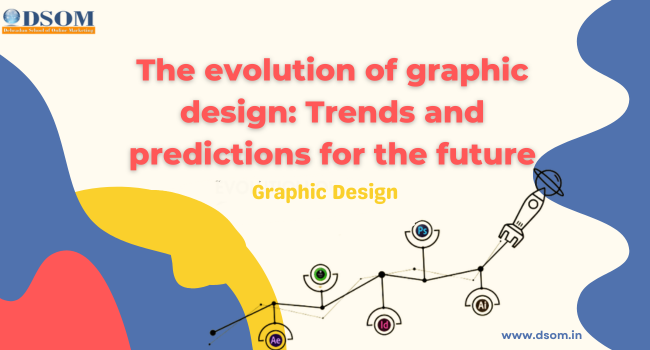
The evolution of graphic design is a fascinating story since its inception. Started with the earliest cave drawings and has progressed into the digital age of today. The history of graphic design can be traced back to prehistoric times when early humans used symbols and images to convey messages and tell stories. Cave paintings from over 30,000 years ago were some of the earliest examples of graphic design, used to communicate hunting rituals, everyday life, and spiritual beliefs. As humans developed new tools and materials, graphic design continued to evolve, with the invention of writing systems, typography, and printing techniques. It is a fascinating story of creative innovation, technological advances, and cultural changes that have influenced the way we communicate and express ourselves visually.
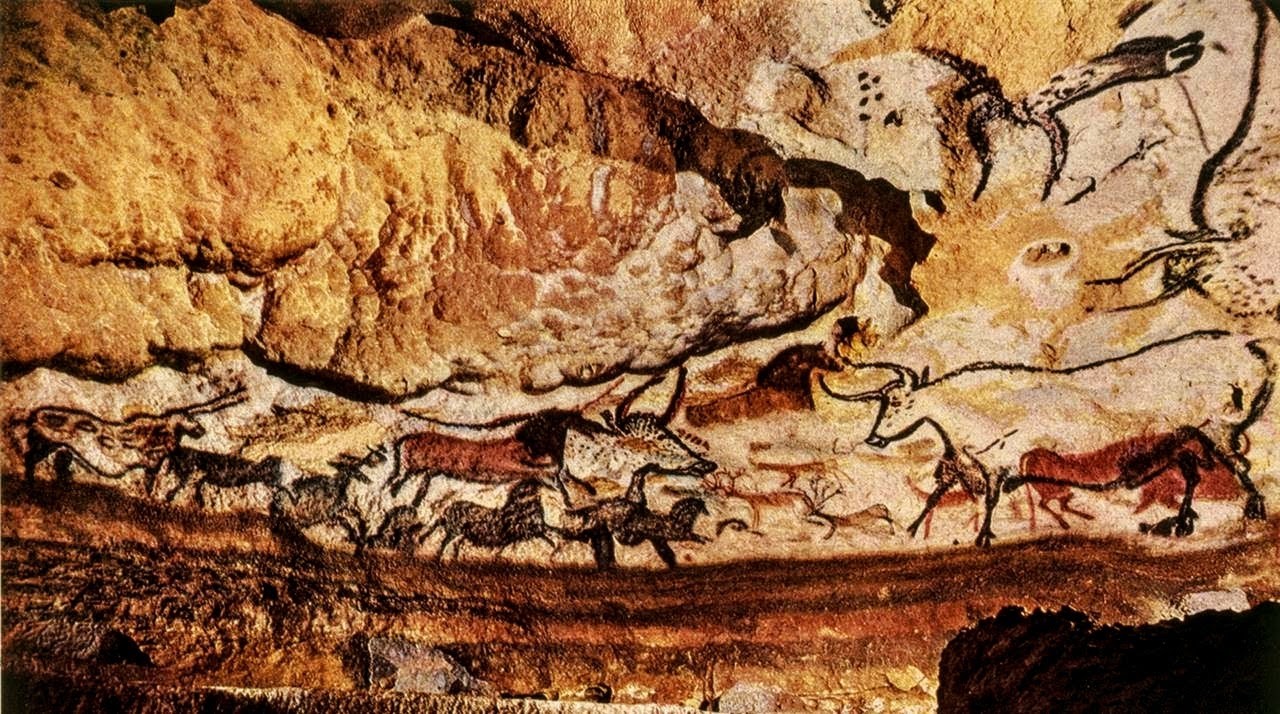
One of the most significant periods in the evolution of graphic design was the Industrial Revolution of the 19th century. The mass production of goods and the rise of consumerism led to a need for effective advertising and branding.
The early 20th century was a time of experimentation and innovation in graphic design. The rise of modernism in art and architecture influenced designers to create simple, functional designs that emphasized form over ornamentation. The Bauhaus school in Germany, founded in 1919 by Walter Gropius, was one of the most influential design schools of this period, with a focus on the principles of simplicity, functionality, and mass production.
The mid-20th century saw the rise of postmodernism, a reaction to the perceived limitations of modernism. Postmodernism embraced a more playful, eclectic style, with designers drawing on a wide range of influences, including pop culture, historical styles, and non-Western design traditions. The graphic design of this period was characterized by bold typography, bright colors, and a sense of humor.
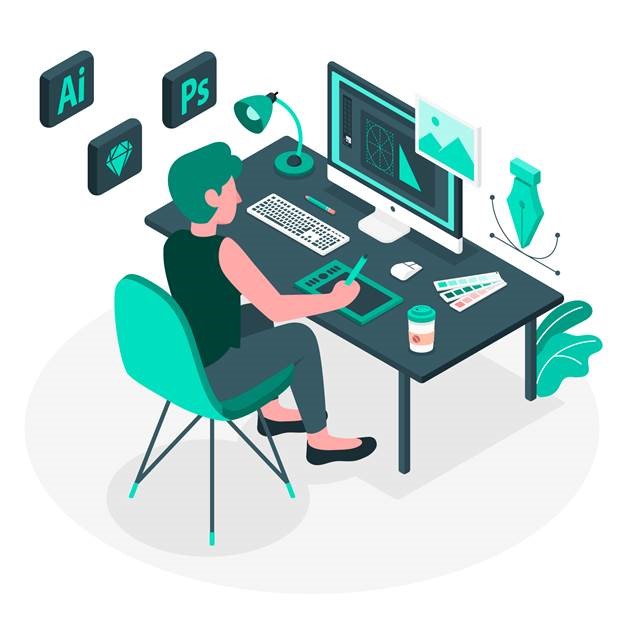
With the advent of digital technology in the late 20th century, the graphic design underwent a radical transformation. The rise of personal computers, desktop publishing software, and the internet gave designers unprecedented control over their work and allowed for greater experimentation and collaboration. The development of software such as Adobe Photoshop and Illustrator enabled designers to create complex, layered designs with ease.
Today, graphic design continues to evolve and adapt to new technologies and cultural shifts. The rise of social media and mobile devices has led to new challenges and opportunities for designers, as they work to create designs that are responsive, engaging, and accessible. From the earliest cave paintings to the digital designs of today, the evolution of graphic design is a testament to the power of human creativity and innovation.

The evolution of graphic design has been closely linked to advancements in technology and the changing needs of businesses and consumers. In the past, graphic designers were primarily focused on creating print materials, such as brochures, posters, and packaging. However, with the rise of the internet and digital media, graphic designers had to adapt their skills to create digital designs for websites, mobile apps, and social media platforms.
Today, many industries are transitioning into remote work, and the graphic design industry is no exception. With the advancement of technology, designers can now work from anywhere in the world as long as they have a laptop, a reliable internet connection, and the necessary software. This trend has opened up opportunities for designers to collaborate with clients from different parts of the world and work on a variety of projects.
In 2023, we can expect more graphic design agencies and freelancers to start working remotely, and companies to hire designers from different parts of the world to work on their projects. This trend aims to stimulate creativity and diversity as designers from different cultures and backgrounds collaborate and bring new perspectives. As a result, the evolution of graphic design will continue to adapt to the changing needs of businesses and consumers, and the advancement of technology will continue to play a critical role in this evolution.
As the evolution of graphic design continues, technology is becoming an increasingly important aspect of the field. One trend that is set to shape the future of graphic design is the use of virtual and augmented reality. With the growing popularity of these technologies, designers are now exploring how they can incorporate them into their work.
virtual and augmented reality offer an immersive experience that stimulates all the sensory mechanisms in the body, providing an experience that goes beyond reality. In 2023, we can expect to see more graphic designers incorporating virtual and augmented reality elements into their designs to create more immersive experiences for their audiences.
Who doesn’t know about AI, and what they can do especially in 2023, where you saw a small fraction of their ability like Chat gpt, Mid journey, etc.? And in real-time AI tools are more accessible, and designers can now automate certain tasks, such as resizing images and generating color schemes. This trend will free up designers' time, allowing them to focus on more creative tasks that require human input.
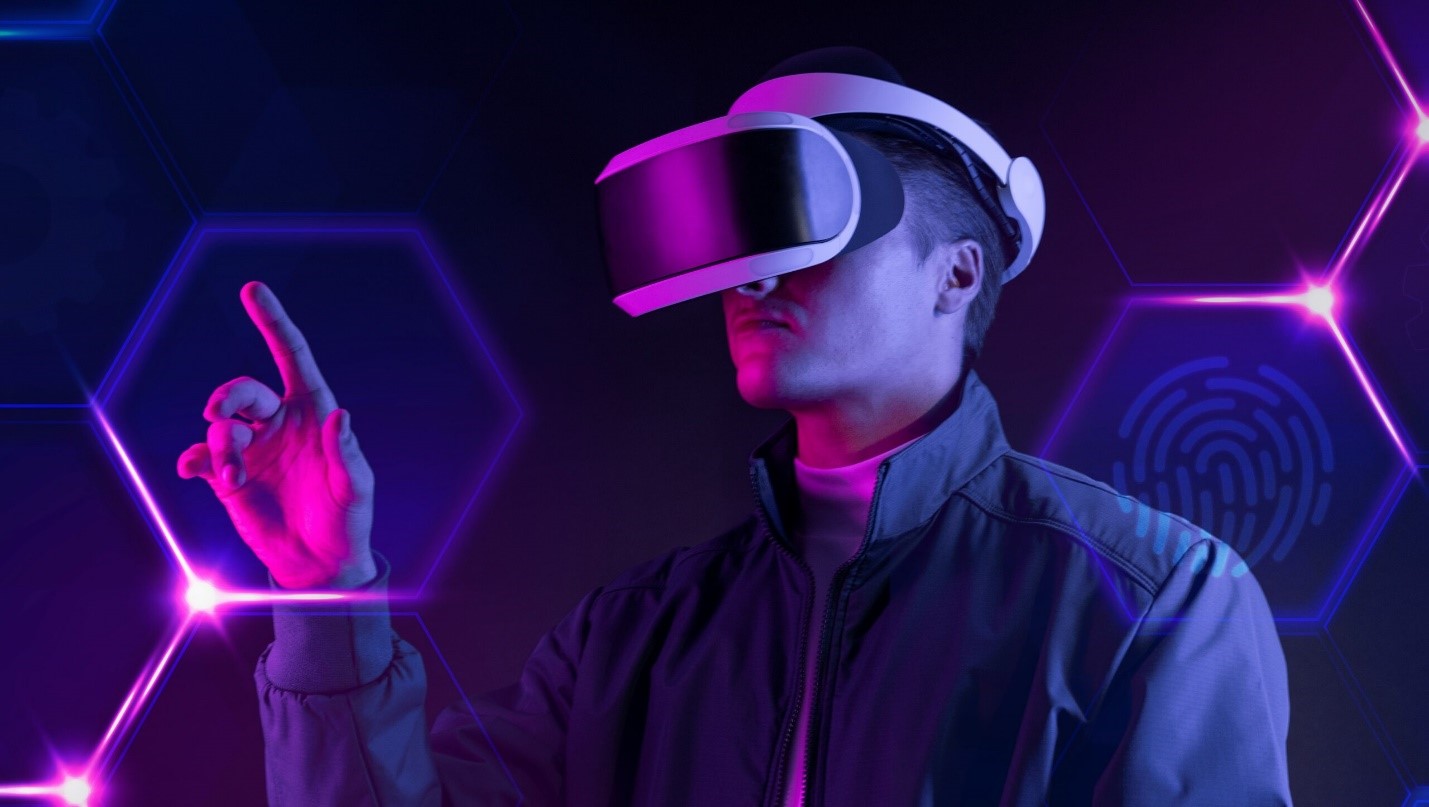
The evolution of graphic design has brought about a significant change in the use of font trends. Graphic designers used to rely on the same old font trends since its inception, but with the changing times, users now demand more creative and unique typography.
In recent years, there has been a surge in the use of creative font trends such as 3D typefaces, logos, and other designs. This trend is expected to continue in 2023, with designers exploring unconventional, playful, and eye-catching typefaces. With the advancements in technology, designers can easily create stunning 3D lettering that adds depth and dimension to their designs.
This trend is particularly popular in advertising, where 3D typography can be used to create attention-grabbing visuals that capture the viewer's attention.
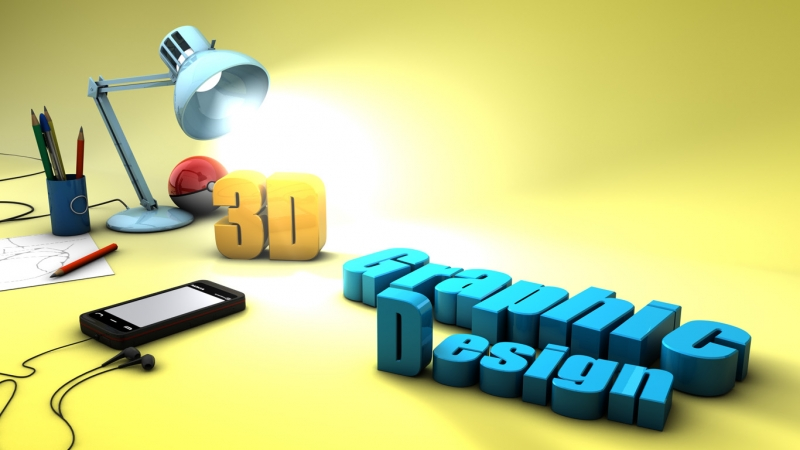
In summary, the evolution of graphic design has led to a significant shift in typography, with designers exploring new and creative ways to enhance their designs. The use of 3D typography is expected to continue to be a popular trend in 2023 and beyond.
The evolution of graphic design continues in 2023 with the emergence of new design trends, one of which is spirituality and mysticism. This trend incorporates symbols and iconography from various spiritual and mystical traditions, as well as elements such as crystals, tarot cards, and sacred geometry into designs.
To capture the mystique trend, designers may focus on using more natural and organic textures and shapes. This includes the use of flowing lines and patterns inspired by the beauty of nature. Another potential trend is the use of more muted, earthy tones, such as shades of green, brown, and gray, as well as other muted colors like pink and powder blue. These colors can help create a sense of calm and tranquility in designs.
As the evolution of graphic design continues, the trend of Anti branding emerges as a way to challenge traditional branding techniques. Anti branding involves creating designs that deliberately go against the norm, such as minimalist designs, abstract or unconventional shape, and the use of negative space.
In the past, branding was about creating a consistent look and feel across all marketing materials to create a recognizable brand.
One of the main reasons for the rise of anti-branding is the growing importance of social media and the need for brands to stand out in crowded digital spaces. With so many brands vying for attention, it can be difficult to create a distinctive visual identity that grabs people's attention. Anti-branding techniques can help brands break the hype and create truly unique and memorable designs. Another reason for the popularity of anti-branding is the growing skepticism about traditional marketing tactics.
Overall, Anti Branding is an interesting trend that challenges traditional branding techniques and encourages designers to think outside the box. While not suitable for all brands, it can be an effective way to create distinctive, memorable, and authentic designs.
Conclusion
In conclusion, the evolution of graphic design has been shaped by various technological advancements, cultural influences, and design movements throughout history. From traditional methods to digital design, graphic design has continuously evolved and adapted to changing times. With the rise of technology, there has been a significant shift towards interactive and immersive design, which is likely to continue in the future.
The integration of AI and machine learning is also expected to revolutionize the design industry, making it more efficient and accessible. Despite these changes, traditional design principles and techniques will still remain relevant, and designers will continue to push the boundaries of creativity. Ultimately, the future of graphic design is exciting, and we can expect to see more innovation, experimentation, and collaboration in the years to come.
 How to Turn Your Photos into Ghibli-Style Art with ChatGPT for Free
How to Turn Your Photos into Ghibli-Style Art with ChatGPT for Free Top 10 AI Tools for Plagiarism-Free Content Writing: Boost Your SEO & Digital Marketing Efforts
Top 10 AI Tools for Plagiarism-Free Content Writing: Boost Your SEO & Digital Marketing Efforts The Rise of Graphic Designing in 2025: A Career Guide.
The Rise of Graphic Designing in 2025: A Career Guide. The Rise of Video Editing: A Crucial Skill in 2025
The Rise of Video Editing: A Crucial Skill in 2025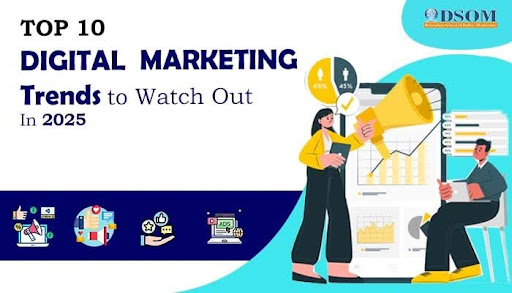 Top 10 Digital Marketing trends in 2025
Top 10 Digital Marketing trends in 2025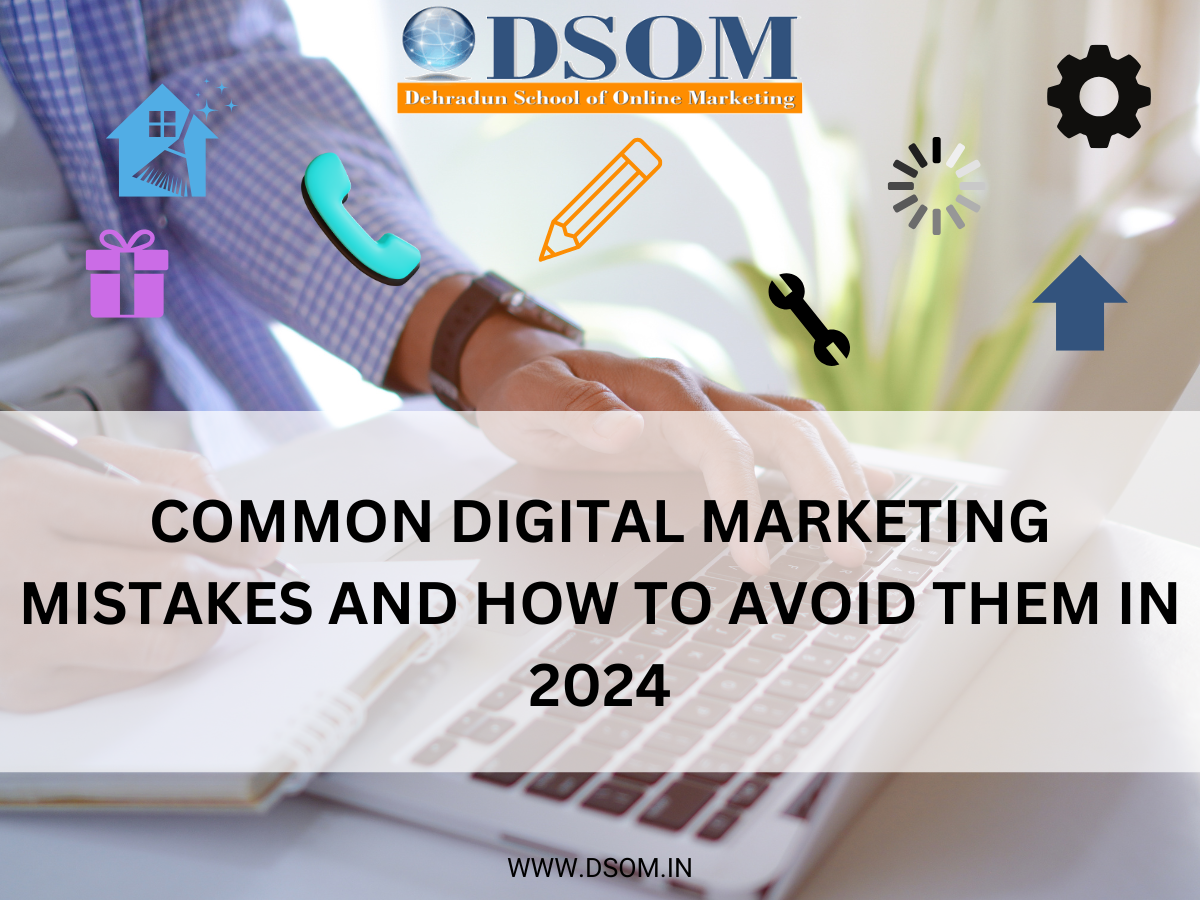 Common Mistakes in Digital Marketing and How to Avoid Them 2025
Common Mistakes in Digital Marketing and How to Avoid Them 2025 The Future of Digital Advertising: What You Need to Know
The Future of Digital Advertising: What You Need to Know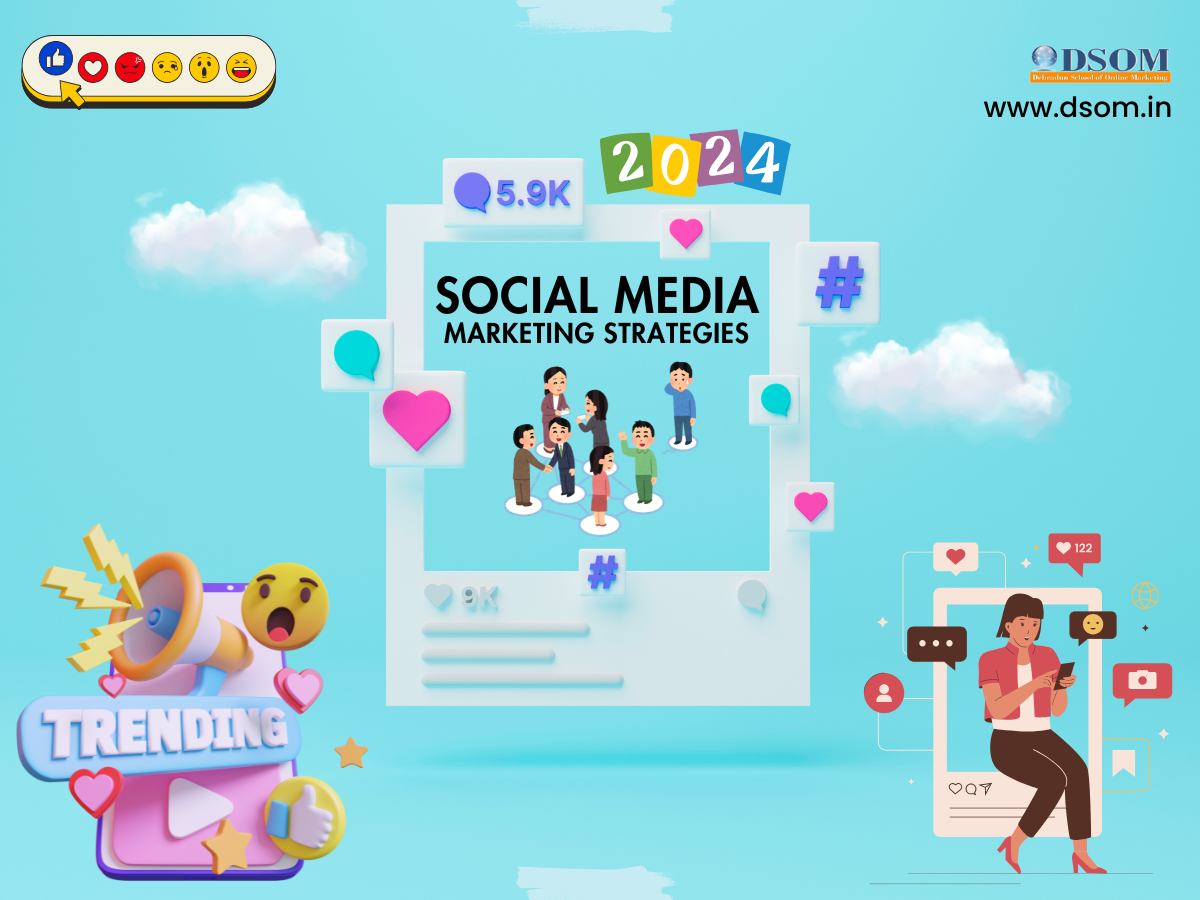 Social Media Marketing in 2024: Strategies for Maximum Engagement
Social Media Marketing in 2024: Strategies for Maximum Engagement Building a Successful Digital Marketing Funnel: A Step-by-Step Guide
Building a Successful Digital Marketing Funnel: A Step-by-Step Guide 5 ways to make money from home using AI (Artificial-Intelligence) in 2024
5 ways to make money from home using AI (Artificial-Intelligence) in 2024Registration: DSOM
